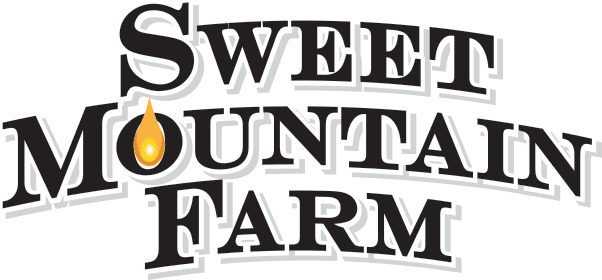The Sweet Mountain Farm Russian Bee Yard is shaped in a circle with all entrances facing the center.
The configuration is useful for air traffic control.
| In 1984, Dr. Alexi Starobinski along with his mentor, Dr. Yakov B. Zeldovich professors at Moscow’s Landau Institute, gave us the torodial theory or doughnut theory of the universe. The shape creates its own energy. A torus is a continuous surface with a hole in it. The energy flows in through one end, circulates around the center and exits out the other side. Creating a torus pattern is an interesting bee yard experiment.
Energy as a circle has been used throughout the ages in gaining spiritual energy, i.e. crop circles, Indian ceremonial circles, etc. It seems fitting to use the circle in our Russian Bee Yard. We see the Torus pattern throughout nature. You can see it everywhere – in atoms, cells, seeds, flowers, trees, animals, humans, hurricanes, planets, suns, galaxies and even the cosmos as a whole, why not recreate it in the bee yard? The bees use this pattern while clustering in winter. The torus is nature’s way to create and sustain life and it can serve as a template for sustainability. Most apiaries hives are placed in a row with the entrances facing South. When my hives were placed in a row the colonies on the end of a row were weak and more susceptible to predation. The circle eliminates the disconnected colonies at the end and connects them to the whole yard. The configuration minimizes drift. All hive entrances in our circle face the center. The area is approximately 1/2 acre. Accessibility and serviceability to the back of the hives is maximized with this configuration. The hives are systematically inspected and easily serviced by a pick-up truck that is driven around the outside edge of the circle. The truck can pull to within inches of each hive. The circle establishes a system for air traffic control. The entire fly in/out happens in the center of the circle and colony maintenance is outside the fly zone.
|
“I will arise and go now,
|
